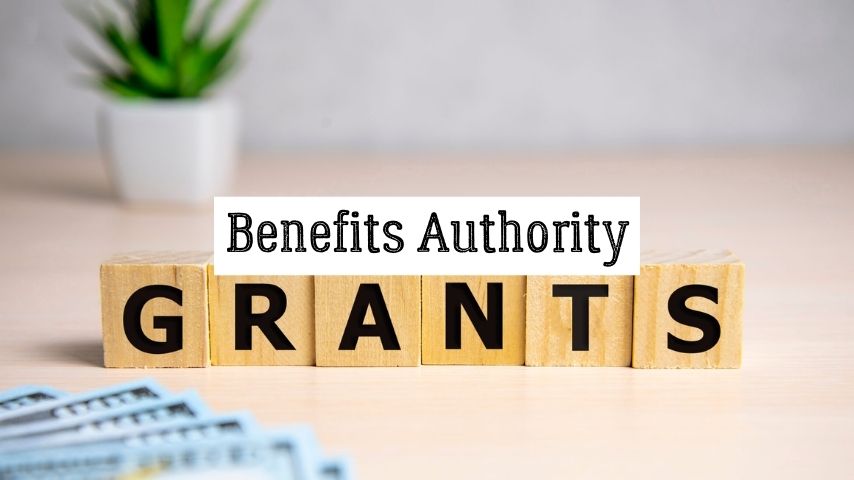Government assistance programs play a crucial role in supporting individuals and families in need. They provide essential services, financial aid, and resources to help people navigate challenging times. This article explores the various benefits of these programs, how they work, and how you can access them.
Understanding Government Assistance Programs
Government assistance programs encompass a wide range of services designed to assist those facing financial hardships. These can include food assistance, health insurance, housing help, and more. The primary goal is to ensure that all individuals have access to basic needs and services.
Categories of Assistance
- Food Assistance
- Programs like SNAP (Supplemental Nutrition Assistance Program) provide funds for purchasing food.
- The Women, Infants, and Children (WIC) program supports nutritious food for young families.
- Health Insurance
- Medicaid and Medicare offer health coverage for low-income individuals and seniors.
- The Affordable Care Act (ACA) ensures broader access to health insurance.
- Housing Support
- Rental assistance helps families avoid eviction and homelessness.
- Programs are available for home buying and repairs, making housing more affordable.
- Utility Assistance
- Programs like LIHEAP help pay for heating and cooling costs.
- Discounts on phone and internet services are also available.
- Financial Aid and Welfare
- Temporary Assistance for Needy Families (TANF) provides cash assistance.
- Social Security offers support for retirees and individuals with disabilities.
=> Understand what financial support you may be eligible for.
The Importance of Accessing Benefits
Accessing these programs can significantly improve quality of life. They help alleviate financial burdens and provide stability. Here are several key benefits of utilizing government assistance:
Benefits of Government Assistance Programs
1. Food Security
Food assistance programs ensure that individuals and families have access to nutritious food. Food insecurity can lead to serious health issues. Programs like SNAP and WIC help mitigate these risks by providing essential food resources.
2. Health Coverage
Health insurance programs protect individuals from high medical costs. Medicaid and Medicare cover essential health services, reducing the financial strain of healthcare. This access can lead to better health outcomes and increased well-being.
3. Stable Housing
Housing support programs help families secure stable living conditions. Whether through rental assistance or home buying programs, these services reduce the risk of homelessness. A stable home environment is crucial for mental and emotional health.
4. Utility Affordability
Utility assistance programs help households manage essential services like electricity and water. These resources prevent disconnections, ensuring families can maintain a safe living environment. Assistance with utility bills is vital, especially during extreme weather conditions.
5. Financial Stability
Welfare programs provide critical financial support during tough times. They can help cover basic expenses while individuals seek employment or improve their situation. This support can be a lifeline for families facing economic challenges.
6. Support for Vulnerable Populations
Government programs often focus on vulnerable groups, such as the elderly, disabled, and low-income families. By addressing the needs of these populations, assistance programs promote equity and social justice.
Read also: Golden Revive Plus: A Natural Solution for Joint Support and Pain Relief
How to Access Government Benefits?
Step-by-Step Guide
- Identify Your Needs
- Assess your situation and determine what type of assistance you require. This could be food, healthcare, housing, or financial support.
- Research Available Programs
- Explore local, state, and federal programs. Websites like Benefits.gov provide comprehensive resources.
- Use the Benefit Finder Tool
- Online tools can help you determine eligibility for various programs based on your circumstances.
- Gather Necessary Documentation
- Prepare required documents, such as proof of income, residency, and identification.
- Complete Applications
- Fill out applications accurately. Many programs allow online submissions for convenience.
- Follow Up
- After applying, check the status of your application. Contact the relevant agency if you have questions or need assistance.
Tips for Successful Applications
- Be Honest and Accurate: Provide truthful information to avoid complications.
- Meet Deadlines: Submit applications on time to ensure you receive assistance when needed.
- Seek Help if Needed: Reach out to local organizations or social workers for guidance in the application process.
The Role of Community Organizations
Community organizations play a vital role in connecting individuals with government benefits. They often provide additional resources and support, such as:
- Application Assistance: Helping individuals complete applications accurately.
- Resource Distribution: Offering food, clothing, and other necessities.
- Advocacy: Working to raise awareness about available programs and services.
=> Identify potential benefits available to you and your family.
Conclusion
Government assistance programs are essential for promoting well-being and stability among individuals and families. They provide critical support for food, health, housing, and financial needs. By understanding and accessing these benefits, you can improve your quality of life and secure a better future.





